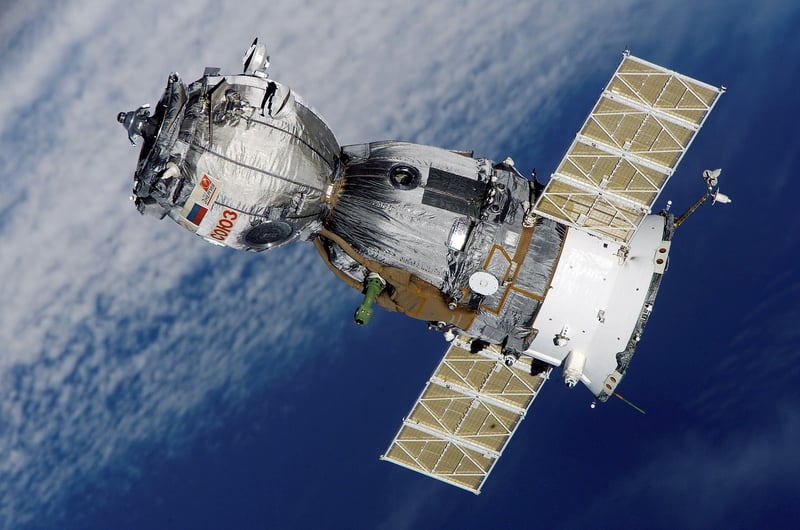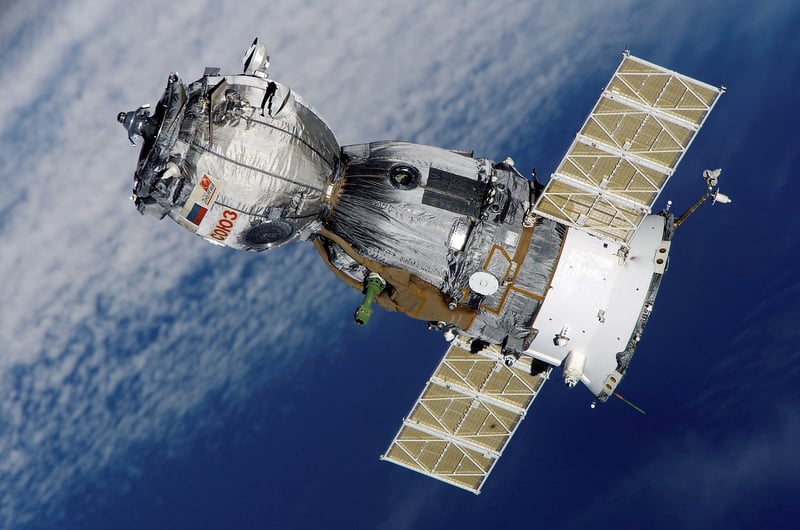Orbital Habitats
The Future of Human Habitats: Orbital Habitats
As humanity looks towards the future, the concept of living in space is becoming increasingly plausible. One fascinating idea that has gained traction in recent years is the development of orbital habitats. These self-sustaining structures could serve as homes for humans in space, revolutionizing our relationship with the cosmos.
What are Orbital Habitats?
Orbital habitats are large, artificial structures that would orbit the Earth or other celestial bodies, providing living space for humans. These habitats could be created using advanced technology and materials, offering a controlled environment where people can live and work for extended periods.

The Benefits of Orbital Habitats
There are several advantages to the concept of orbital habitats:
- Space Exploration: Orbital habitats could serve as bases for further space exploration, allowing humans to venture deeper into the cosmos.
- Resource Utilization: These habitats could harness resources from space, reducing the need to transport supplies from Earth.
- Scientific Research: Living in space can provide valuable insights into human adaptation to different environments and help advance scientific knowledge.
- Environmental Sustainability: Orbital habitats could offer a more sustainable way of living by utilizing renewable energy sources and recycling resources.
The Challenges Ahead
While the idea of orbital habitats is exciting, several challenges need to be addressed before they can become a reality:
- Technological Development: Building and maintaining orbital habitats require advanced technology that is still in the developmental stage.
- Cost: The initial investment in creating orbital habitats is substantial, and funding for such projects remains a significant hurdle.
- Health Considerations: Long-term space living poses health risks that need to be mitigated through research and innovation.
Despite these challenges, the prospect of orbital habitats opens up a world of possibilities for humanity's future in space.
Conclusion
Orbital habitats represent a bold vision for the future of human habitats. By overcoming technological, financial, and health-related hurdles, these structures could pave the way for a new era of space exploration and colonization. As we continue to push the boundaries of what is possible, orbital habitats offer a glimpse into a future where living beyond Earth is not just a dream but a reality.
